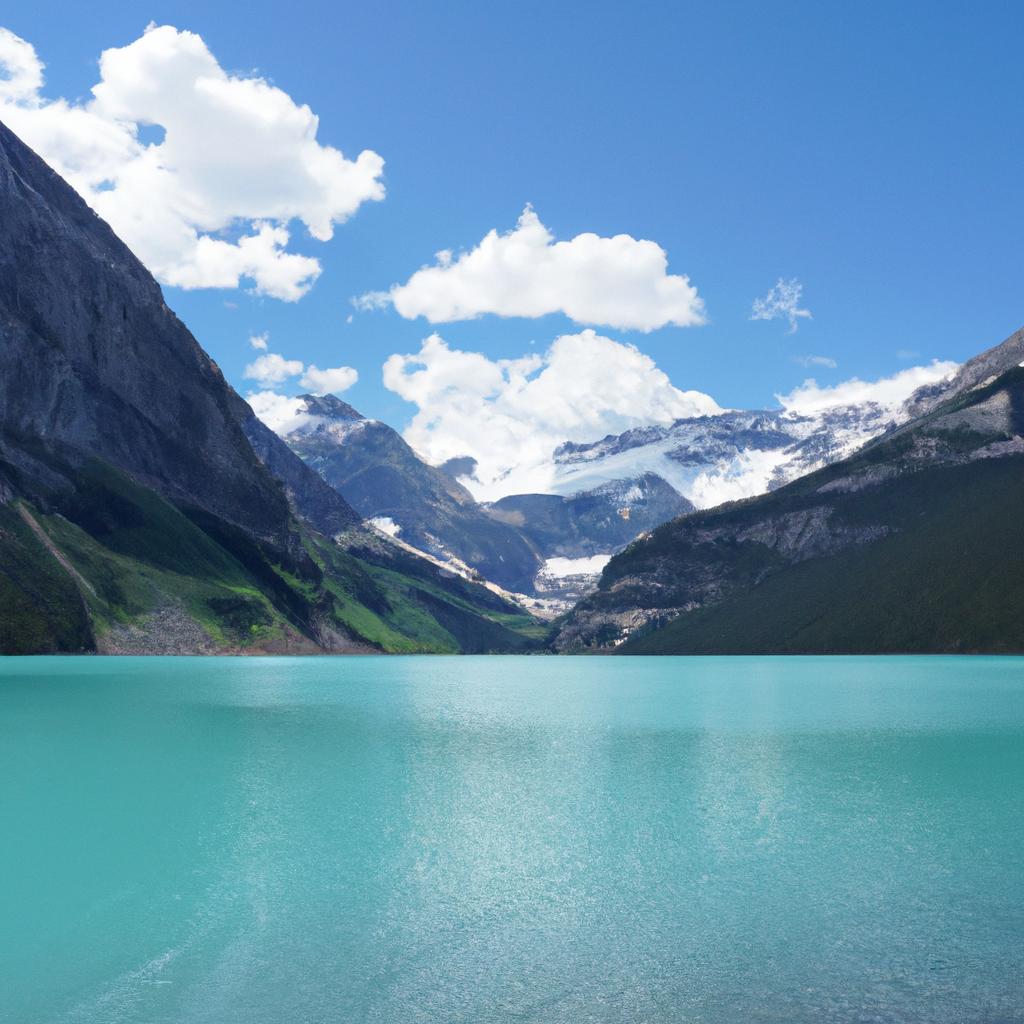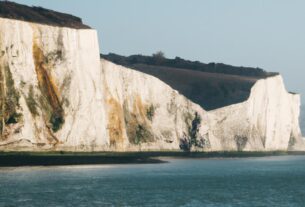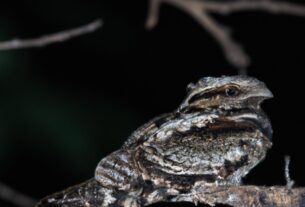Nestled in the heart of Banff National Park in Alberta, Canada, Lake Louise stands as a natural wonder that has captivated travelers for over a century. This glacial-fed lake, with its breathtaking turquoise waters and majestic mountain backdrop, has become one of the most photographed destinations globally.
But beyond its picturesque allure, Lake Louise holds a significant place in history, boasts unique geography, and exudes cultural significance, making it an essential stop for adventurers seeking to explore nature’s wonders and embrace Canadian heritage.
A Glance at the Past
Lake Louise’s history stretches back thousands of years. The Stoney Nakoda First Nations people were the first to discover the lake, revering it as the sacred “Lake of the Little Fishes.” Plains Cree and Blackfoot tribes also frequented the area for hunting.
In the late 1800s, European explorers and settlers started unraveling the beauty of the Canadian Rockies, placing Lake Louise firmly on the tourist map. In 1890, the Canadian Pacific Railway constructed a grand hotel near the lake, establishing Lake Louise as a world-renowned tourist destination.
Over the years, the lake and its surroundings witnessed historic events, such as hosting the first North American ski championships in 1933 and being a venue for the 1988 Winter Olympics. Today, Lake Louise continues to allure visitors from across the globe, enticing them with opportunities to hike, ski, and immerse themselves in the area’s natural splendor.
A Glimpse into Geography and Climate
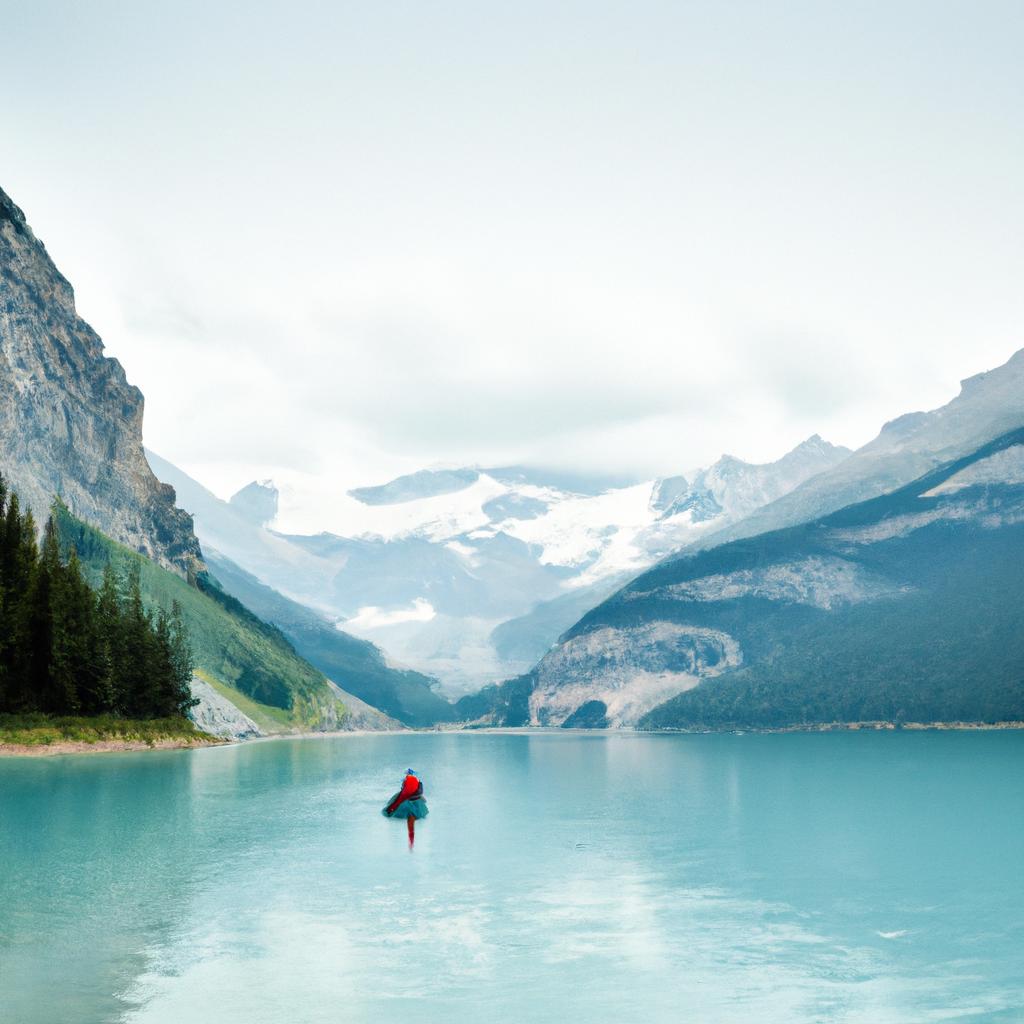
Located in the heart of Banff National Park, Lake Louise is a glacial-fed marvel set at an elevation of 5,740 feet (1,750 meters) above sea level. It enchants with its turquoise waters, encircled by rugged mountain peaks such as Mount Victoria and the Victoria Glacier, creating an awe-inspiring backdrop.
The region surrounding Lake Louise is an abode to diverse wildlife, including grizzly bears, black bears, elk, deer, and moose. The lake and its surroundings also provide sanctuary to various bird species, like bald eagles, ospreys, and loons.
Lake Louise experiences a typical Canadian Rockies climate, characterized by cold winters and mild summers. Winters span from November to April, with temperatures fluctuating between -4°F to 23°F (-20°C to -5°C). Summers emerge from June to August, with temperatures ranging from 50°F to 70°F (10°C to 21°C).
Tourism and Recreation
![]()
Lake Louise has become a popular destination for tourists seeking to relish the great Canadian Rockies. The area offers an array of activities, including hiking, skiing, snowboarding, and ice skating.
Notably, the Plain of Six Glaciers Trail entices visitors with a 9.6 km (6-mile) hike, immersing them in breathtaking mountain scenery until they reach a teahouse that overlooks the Victoria Glacier. Additionally, the Lake Agnes Tea House hike invites explorers to enjoy the beauty of Lake Agnes from a charming teahouse.
When winter arrives, Lake Louise transforms into a world-class ski destination, providing over 4,200 acres of skiable terrain and 145 runs. The ski season typically runs from November to May, with optimal skiing conditions observed from December to April.
Accommodation options in the Lake Louise vicinity range from luxurious hotels to budget-friendly hostels. Peak tourist seasons fall in summer and winter, so those seeking fewer crowds should consider visiting during spring or fall.
Cultural Significance
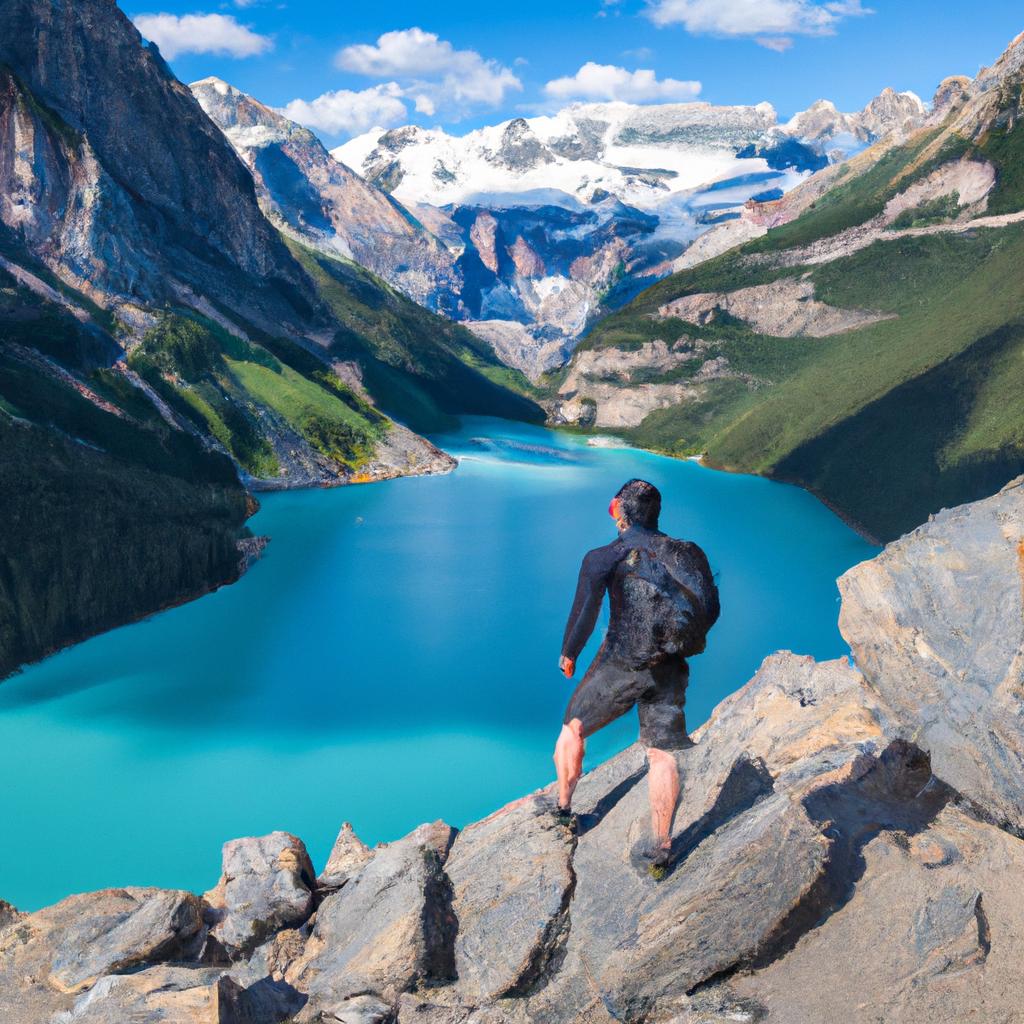
Lake Louise holds profound cultural value for both Indigenous peoples and Canadians. The Stoney Nakoda and other Indigenous groups celebrate the area as a site of spiritual and cultural significance, with the turquoise waters and encompassing mountains believed to house spirits and host vision quests and ceremonies.
For Canadians, Lake Louise represents the country’s natural beauty and cultural identity. It has graced Canadian currency, postage stamps, and served as inspiration for countless works of art and literature. The region has also witnessed significant cultural events, including the Banff Mountain Film Festival and the Lake Louise World Cup downhill ski race.
Preserving the cultural significance of Lake Louise poses an ongoing challenge. Development and tourism, if not responsibly managed, may jeopardize the area’s natural and cultural heritage. Thus, efforts must be made to ensure the lake’s beauty and significance endure for future generations.
Conclusion
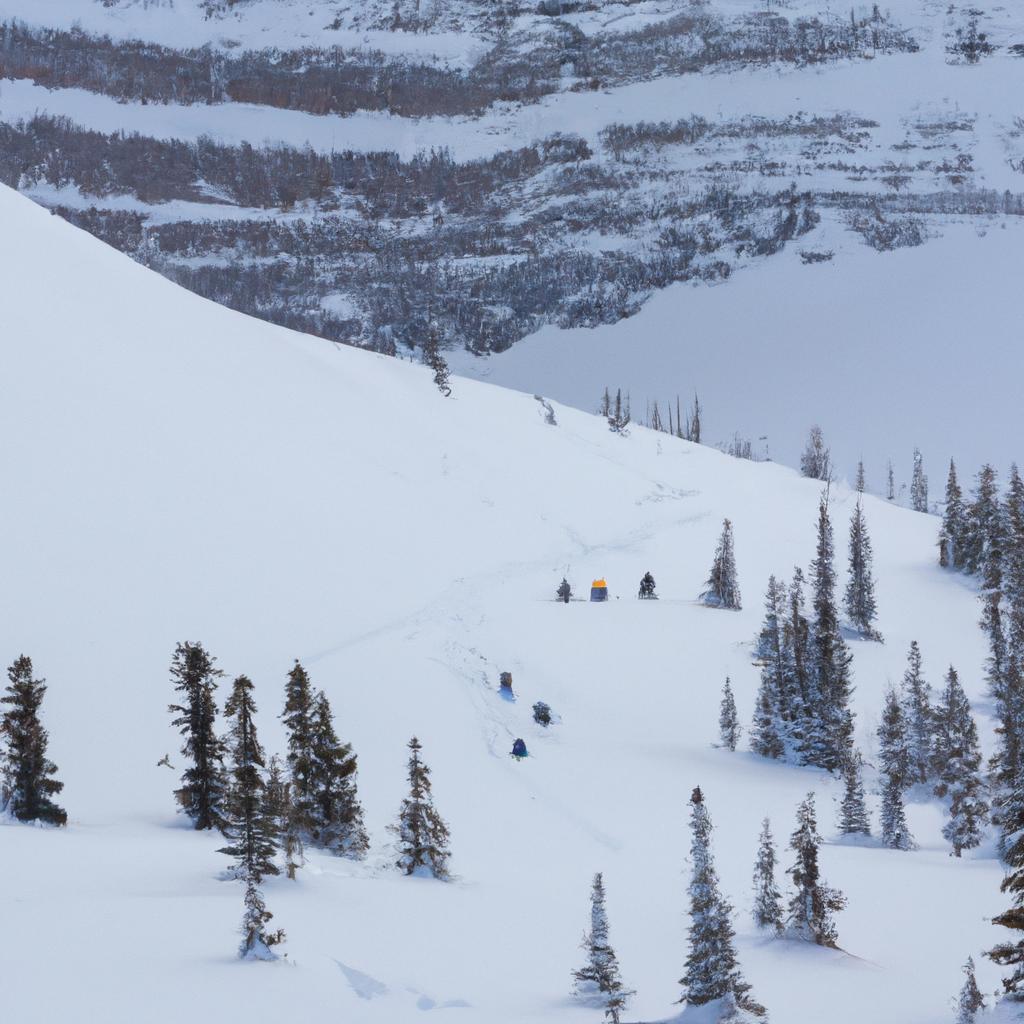
Lake Louise stands as a jewel in the Canadian Rockies, captivating the hearts and imaginations of visitors for over a century. Its awe-inspiring beauty, rich history, and cultural significance beckon travelers to immerse themselves in Canada’s natural and cultural heritage.
As we navigate an ever-changing world, Lake Louise faces challenges such as climate change, over-tourism, and development pressures. Nevertheless, with responsible management and conservation efforts, the lake and its surroundings will continue to thrive, inspiring generations to come.
When planning your visit to Lake Louise, take a moment to appreciate its natural and cultural significance. Respect the area’s heritage and contribute to preserving its beauty and meaning for future visitors. TooLacks welcomes you to savor the majesty and wonder of Lake Louise and hopes it leaves you inspired. TooLacks
